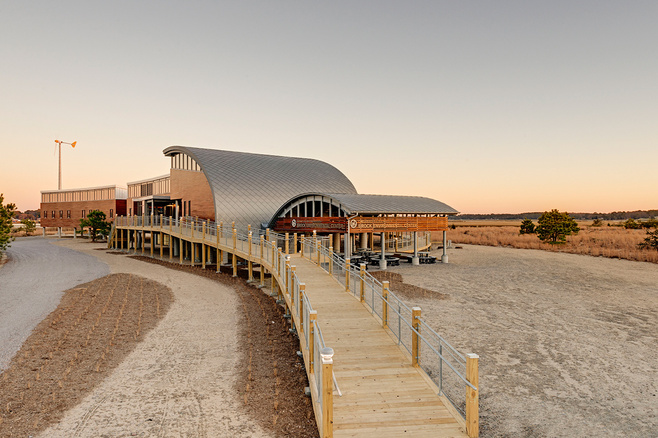- greenlineforms@yahoo.com
- (918)-894-2659
(785)-341-7934
This is Our Blog
Energy Efficient Homes Tulsa- Energy, Water & No Waste
Energy Efficient Homes – “Live green” What’s that really mean? The very first environmental education center in Virginia Beach uses the most advanced measures to reproduce energy and preserve waste.
The center is better known as the “Living Building”. Being able to commit, organize, work, while ensuring energy production, water management, and waste handling is the best way to “live green, and better”.
Annette Osso, Co-founder and Managing Director of Resilient Virginia, stated, “give back to the surrounding communities and their ecology.”
As a Living Building and being located in Virginia Beach, it’s main purpose is to supply all of the water and energy it needs, and composting all of the building’s and human waste. This is only possible from the investment of the Foundation’s Philip Merrill Environmental Center. As the first structure to achieve “LEED Platinum” in 2001, it showcases an impressive pedigree.
Not only does this center do what every building wants to do, it raised the bar even higher for how architects and designers. Architects and designers are always look for new ways to sustain the local ecology while enhancing human health.
“Thus far the Center has generated 80% more power than it’s used,” stated Gregory A. Mella, the leader of SmithGroup JJR architects that designed both structures for the Foundation, while sharing information on the energy and water.
Having to be a part of the power grid, the center rarely uses it. The center utilizes the grid for power storage as a backup since the power supply derives from the building itself. The greatest part about the center is that is supplies more energy than needed, so it sends that extra supply to the grid that helps power the homes and business around it.
“Typically electricity bill is $17.19- just for fees!”- Chris Gorri, the center’s on-site manager.
Some other great features of the Center are:
- First commercial building in the U.S. to capture and treat rainwater for facility and drinking water too.
- A combination of over 150 rooftop solar panels and wind turbines power the entire facility.
- The facility uses maximum sunlight and a porch for shading purposes throughout the year.
- Composting toilets are used and turned into soil/ fertilizer.
- The site was built in Virginia Beach because of the educational potential of how to deal with those risks, and can help through education programs around the study.
“The Brock Center illustrates what can be done by committed organizations, working with the public sector, to ensure that energy production, water management, and waste handling not only have less environmental impact but actually give back to the surrounding communities and their ecology,” stated Annette Osso.
To read further into the “Living Builidng”, click here to learn more about the environmental impact it has had on the center and its surroundings.
Connect with Greenline Insulated Forms on Facebook and Twitter to learn more about energy efficient homes and ICF products.

